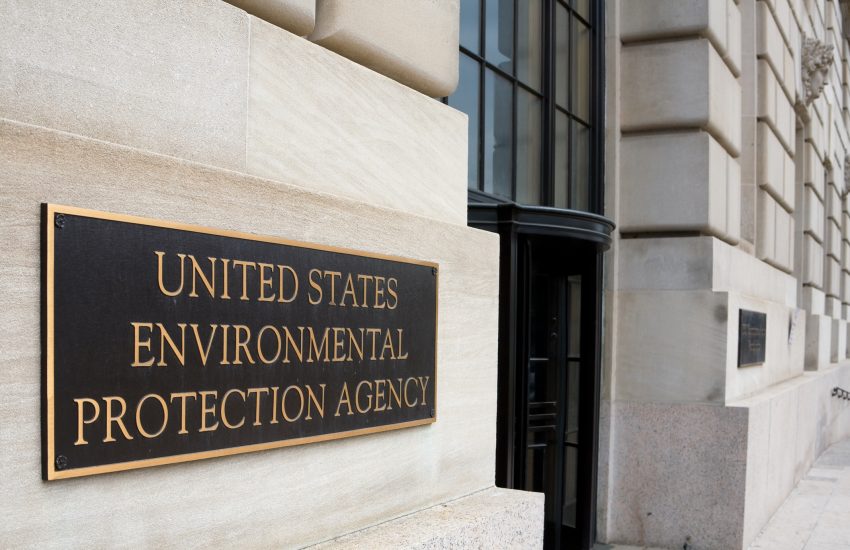Inhance Technologies is a company that has been fluorinating plastic containers using the same process since 1983. The fluorination process creates a barrier that keeps dangerous substances from leaching out of their containers, and keeps outside substances from permeating in. The U.S. EPA began investigating Inhance after the presence of perfluoroalkyls (PFAS) was detected in an insecticide that was stored in a container fluorinated by Inhance.
After confirming that Inhance’s fluorination process resulted in the creation of PFAS, the EPA issued Inhance a Notice of Violation in March 2022 pursuant to EPA’s 2020 Significant New Use Rule regarding long-chain PFAS. The Notice of Violation offered Inhance two options: (1) change its fluorination process so it no longer manufactured PFAS, or (2) temporarily halt the fluorination of any products that resulted in the creation of PFAS.
In response, Inhance submitted two Significant New Use Notices (SNUNs) to the EPA in December 2022. After considering those SNUNs, in December 2023 the EPA issued two orders under Section 5 of the Toxic Substances Control Act (TSCA), 15 U.S.C. §§ 2601–2697, prohibiting Inhance from manufacturing or processing PFAS during its fluorination process. Inhance asserted that such orders would shut down Inhance’s fluorination process, effectively bankrupting the company. Inhance immediately petitioned the U.S. Court of Appeals for the Fifth Circuit for expedited review.
Congress enacted TSCA in 1976 to protect “human beings and the environment” from chemical substances that “present an unreasonable risk of injury to health or the environment.” 15 U.S.C. § 2601(a). There are two ways the EPA may regulate chemical substances under TSCA. First, Section 5 allows the EPA to regulate the use of “new chemical substance[s]” and any “significant new use” of a chemical substance. Id. § 2604(a)(1)(A). Second, the EPA may regulate chemical substances under Section 6. See 15 U.S.C. § 2605. However, the rulemaking process under Section 6 is more rigorous than Section 5: it requires the EPA to conduct a cost-benefit analysis, weighing the negative effects of the chemical substance against the benefits of the substance and the economic consequences of prohibiting or limiting the substance. See id. § 2605(c)(2)(A)–(C).
Inhance argued that the EPA exceeded its statutory authority by issuing orders under Section 5 instead of Section 6 because Inhance’s forty-year-old fluorination process was not a “significant new use” under TSCA. The Fifth Circuit agreed: “The plain language of Section 5 requires a party to provide notice to the EPA before . . . manufacturing or processing of a new chemical substance can begin.” Furthermore, the court noted that TSCA’s “broader structure demonstrates that Section 5 is intended only to regulate significant new uses prior to first manufacture.”
The Court chided EPA’s “distort[ed]” interpretation of Section 5 and an approach that “defies common sense.” Under EPA’s version of interpretation, the agency can regulate a use under Section 5 anytime it “discovers” a use not previously known to the agency, even if that use has existed for decades. The Court found that “the EPA may not contort the plain language of TSCA’s Section 5 to deem a forty-year-old ongoing manufacturing process a “significant new use” subject to the accelerated regulatory process provided by that part of the statute.”
However, the Court noted that its ruling did not render the EPA powerless to regulate Inhance’s fluorination process. EPA can still properly proceed under TSCA’s Section 6 by conducting inter alia the appropriate cost-benefit analysis required for ongoing uses—a proposition even Inhance conceded. In any event, this is an important decision that limits EPA’s ability to regulate ongoing uses under Section 5. The Fifth Circuit’s opinion can be found here.

